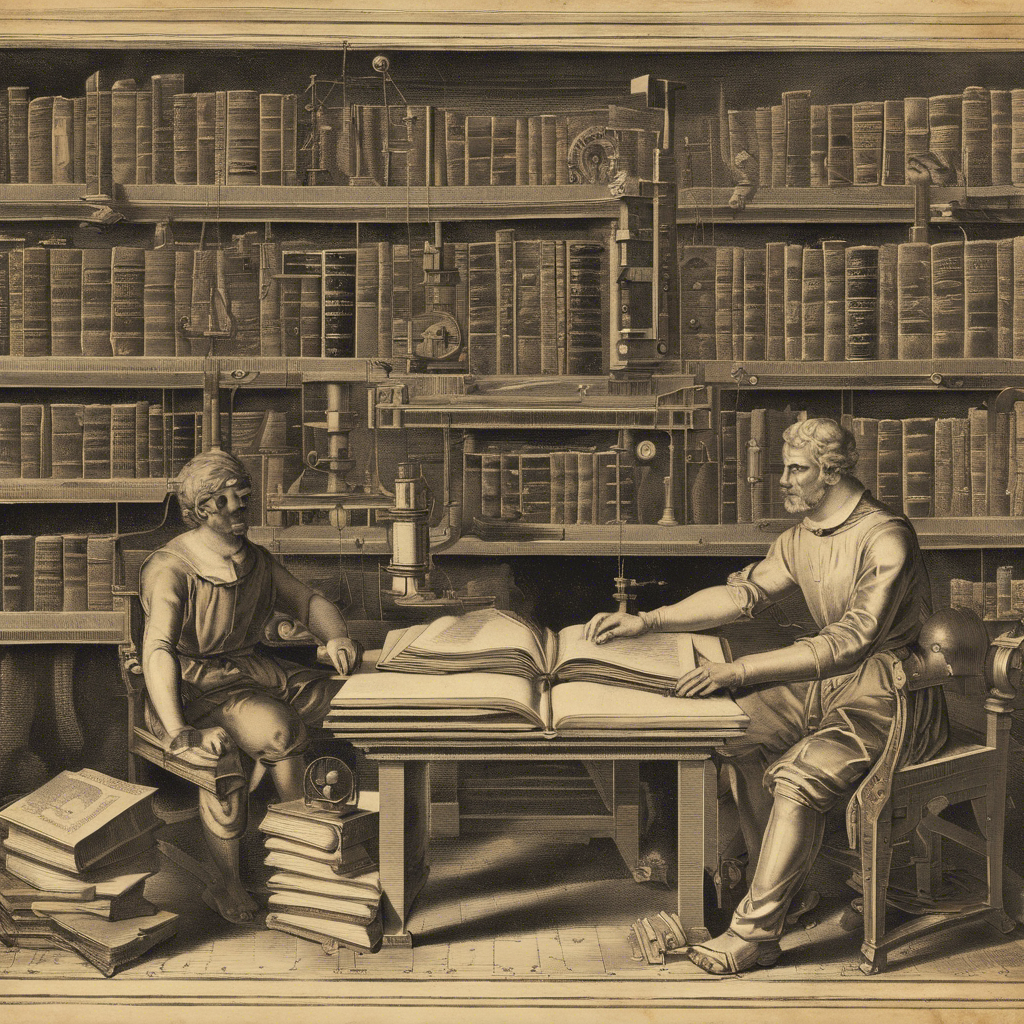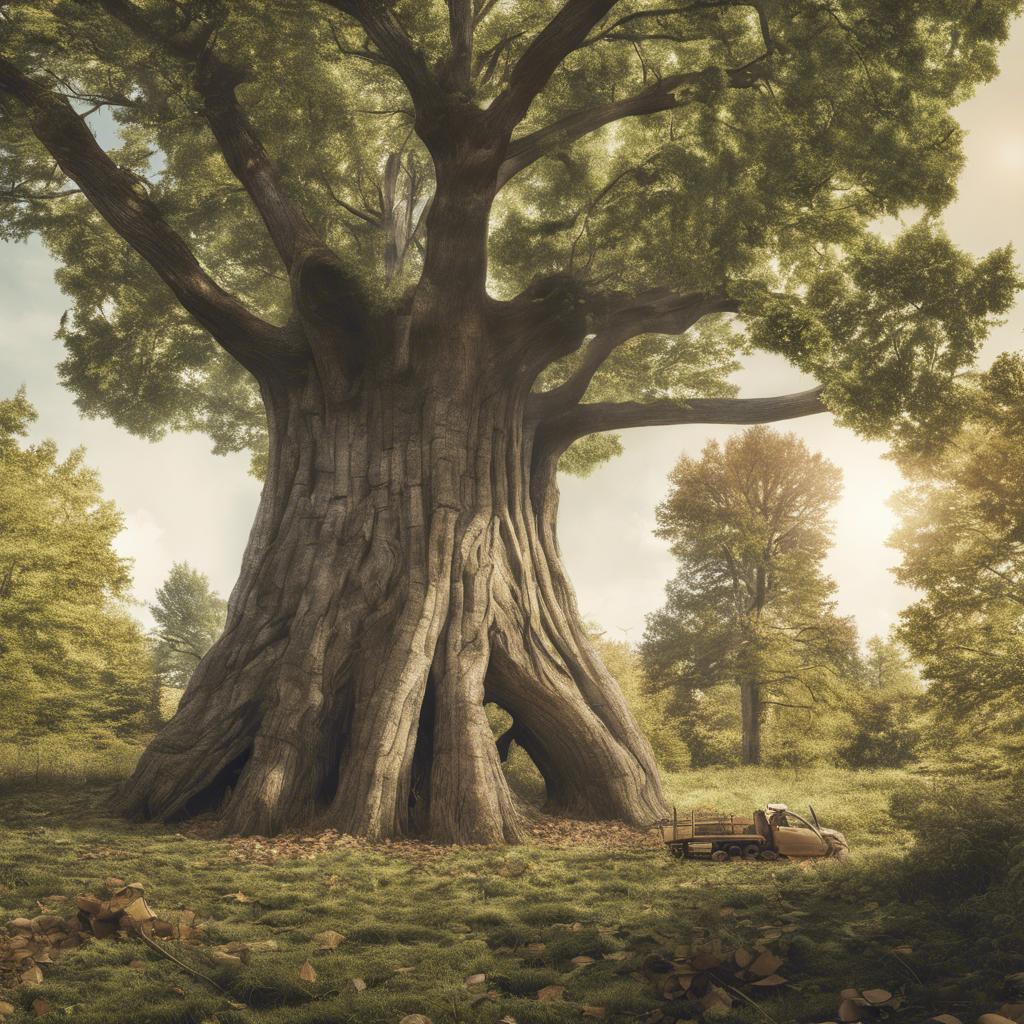Exploring the Oldest Surviving Texts on Science and Technology
Throughout history, human beings have continually sought to understand and manipulate the world around them. From the earliest civilizations to the present day, the pursuit of knowledge in engineering and technology has shaped our societies and propelled us forward. While we often associate groundbreaking inventions and scientific discoveries with the modern era, it is important to recognize that the seeds of our current understanding were sown centuries ago. In this article, we delve into the ancient texts that laid the groundwork for modern knowledge in engineering and technology.
Ancient China: Kao Gong Ji
One of the oldest surviving texts on science and technology is the “Kao Gong Ji,” a compilation of knowledge from ancient China. Dating back to the 5th to 3rd centuries BC, this remarkable work is considered the world’s oldest science and technology encyclopedia. It is a part of a larger text called “The Rites of Zhou.” The “Kao Gong Ji” covers a wide range of subjects, including architecture, construction, metallurgy, and agriculture. It offers detailed instructions on various crafts and techniques, providing invaluable insights into the engineering practices of ancient China.
Ancient Greece and Rome: The Works of Archimedes and Vitruvius
The ancient Greeks and Romans also made significant contributions to the field of engineering and technology. The works of Archimedes, a Greek mathematician, engineer, and inventor, have had a profound impact on modern science. His treatises on hydrostatics, mechanics, and mathematics laid the foundation for many principles still used today. Similarly, the Roman architect Vitruvius penned the “De Architectura,” a comprehensive guide to architecture and engineering. This influential work covers topics such as urban planning, building materials, and structural design, providing valuable insights into the engineering practices of ancient Greece and Rome.
The Islamic Golden Age: Al-Jazari’s Book of Knowledge of Ingenious Mechanical Devices
During the Islamic Golden Age, from the 8th to the 14th centuries, scholars in the Islamic world made significant advancements in various fields, including engineering and technology. One of the most notable works from this period is the “Book of Knowledge of Ingenious Mechanical Devices” by Al-Jazari. This 13th-century treatise showcases a wide range of mechanical inventions, including clocks, automata, and water-raising machines. Al-Jazari’s work not only demonstrates the technical prowess of engineers during this era but also provides a glimpse into the creativity and ingenuity of Islamic scholars.
The Renaissance: Leonardo da Vinci’s Codex
The Renaissance marked a period of renewed interest in science, art, and technology. Leonardo da Vinci, an Italian polymath, embodied this spirit of curiosity and innovation. His notebooks, collectively known as the “Codex,” contain a wealth of information on various subjects, including anatomy, engineering, and inventions. Da Vinci’s sketches and writings offer insights into his groundbreaking ideas, such as flying machines, hydraulic systems, and military engineering. The Codex stands as a testament to da Vinci’s genius and his contributions to the fields of engineering and technology.
Conclusion:
The ancient books on engineering and technology that have survived to this day provide a fascinating glimpse into the knowledge and ingenuity of our ancestors. From the “Kao Gong Ji” in ancient China to the works of Archimedes in Greece, Al-Jazari’s inventions in the Islamic Golden Age, and Leonardo da Vinci’s Codex in the Renaissance, these texts laid the foundation for modern engineering and technology. They remind us that innovation is not solely a product of our time but a continuation of a long and rich history of human curiosity and exploration. By studying these ancient texts, we can gain a deeper appreciation for the achievements of our predecessors and find inspiration for the future.











